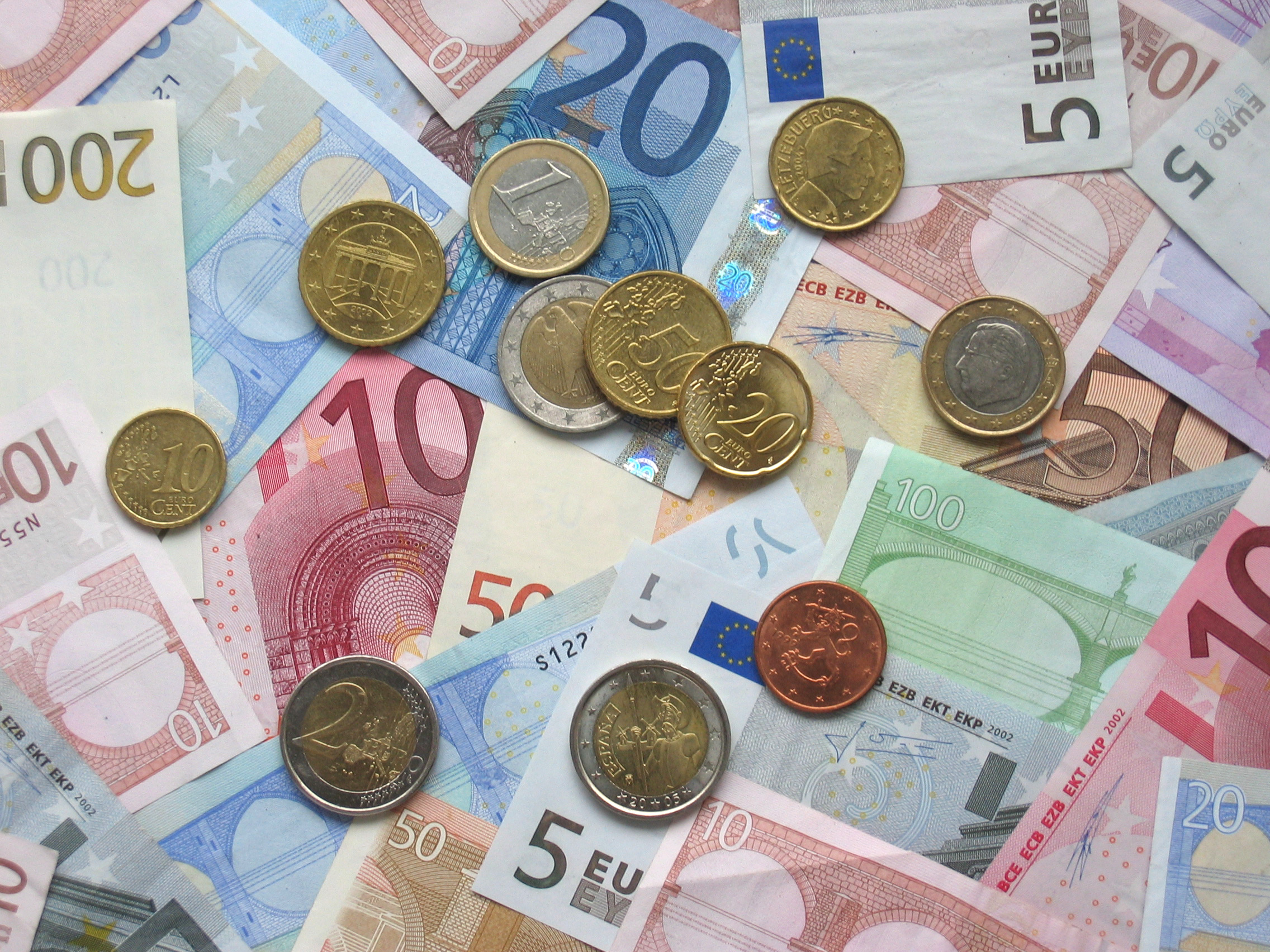
Crawling through information on EU budgets, finances, funds, contracts and beneficiaries, you’ll notice there is much room for improvement. Let’s have a look at financial data of the European Union.
The Budget of the European Union
Let’s start with the budget. The budgets of 2013, 2014 and 2015 can be retrieved as open datasets in XML and for 2015 also in CSV. The datasets contain the expenditures for the 10 EU institutions covered by the budget. The data is organised by budget lines and each line has a reference to the Multiannual Financial Framework (MFF)/ Political Category (CATPOL) . In the metadata file it is possible to find the systematic descriptions of the MFF/CATPOL headings. Expenditures between 2000 and 2014 (XLS) can be found on the website of the EU Budget.
Where are the beneficiaries of EU funds?
When you’re looking for information on the beneficiaries of funds directly managed by the European Commission you can get data out of the Financial Transparency System (FTS). It contains information on the beneficiaries of funds directly managed by the Commission between 2007 and 2014. As of the year 2009, the site also contains procurement contracts and other administrative expenditure of the Commission, excluding staff costs. Beneficiaries of the European Development Fund are also listed since 2010. Data for a given financial year are uploaded into FTS at the end of June of the following year. Procurement contracts under €15 000, information about EU staff and some confidential items are excluded from this data. Datasets on any particular year can be downloaded in bulk.
EU funding for research projects
Information on EU-funded research projects (CORDIS) is also available as open data. To use this data you can make use of the reference data (countries, funding schemes/types of action and subjects). Data is available for the period from 2002 to 2006 (FP6) and 2007 to 2013 (FP7). Data includes grant information for each project, including reference, acronym, dates, funding, programmes, participant countries, subjects and objectives. You can also find a separate file with organisation information (CSV), including project participants and coordinators and for selected FP7 projects results in brief. Information on research and innovation projects funded by the EU under the Horizon 2020 framework programme from 2014 to 2020 are also available in an open format. There is also a ZIP file containing full XML files of all H2020 projects existing in the CORDIS database.
Data of member states on beneficiaries scattered
However, around 80% of the EU budget is managed by national governments or regional managing authorities. On an aggregated level, the EU started to publish datasets on financing and expected achievements under the EU Cohesion Funding data. However, the data is hard to search through and cannot be found on the open data portal of the European Union. If you were looking for details on beneficiaries (who got what from whom for what) you won’t be able to find that data. You still need to crawl the data from national governments.
Farm subsidies
So, if you’re looking for direct payments and market-support measures from the European Agricultural Fund for Rural Development, you still need to look for the data on a national level. Member states must annually publish information on these beneficiaries, however, not all of the governments do this in an open format. While some countries such as Belgium (CSV), the United Kingdom (XLS) and Latvia (CSV) publish datasets, other countries unfortunately publish the data on webpages in search engines and some of them with export functions. If you need some inspiration, have a look at farmsubsidy.org that tries to obtain detailed data related to payments and recipients of farm subsidies in every EU member state and make this data available in a way that is useful to European citizens.
EU procurement
Information on public procurement contracts can be found at TED (Tenders Electronic Daily). Data is available on public procurement contracts, according to the EU rules on public procurements, of notices published in EU member states, European Economic Area (EEA) and beyond. TED offers bulk downloads of XML packages only for registered users. The XML packages are divided into daily editions of the Supplement of the Official Journal and monthly collections, starting from January 2011. A subset of TED covering public procurement from 2009 to 2015 and a number of fields from the contract award notice (who bought what from whom, for how much and which procedure and award criteria were used) is available in CSV format. Data consists of tenders above the procurement thresholds but a number of below threshold tenders can be found as well.
What’s next?
As you can see, data comes in various formats, is scattered around various places and it’s for an average citizens hard to follow. So, if you’re building a tool or app that uses open data that aims to help make the EU more transparent, please submit your app for the App Competition.
